9 European Destinations Every Queer Traveler Should Experience
February 8, 2025Chile Will Captivate Even the Most Experienced Travelers
February 9, 2025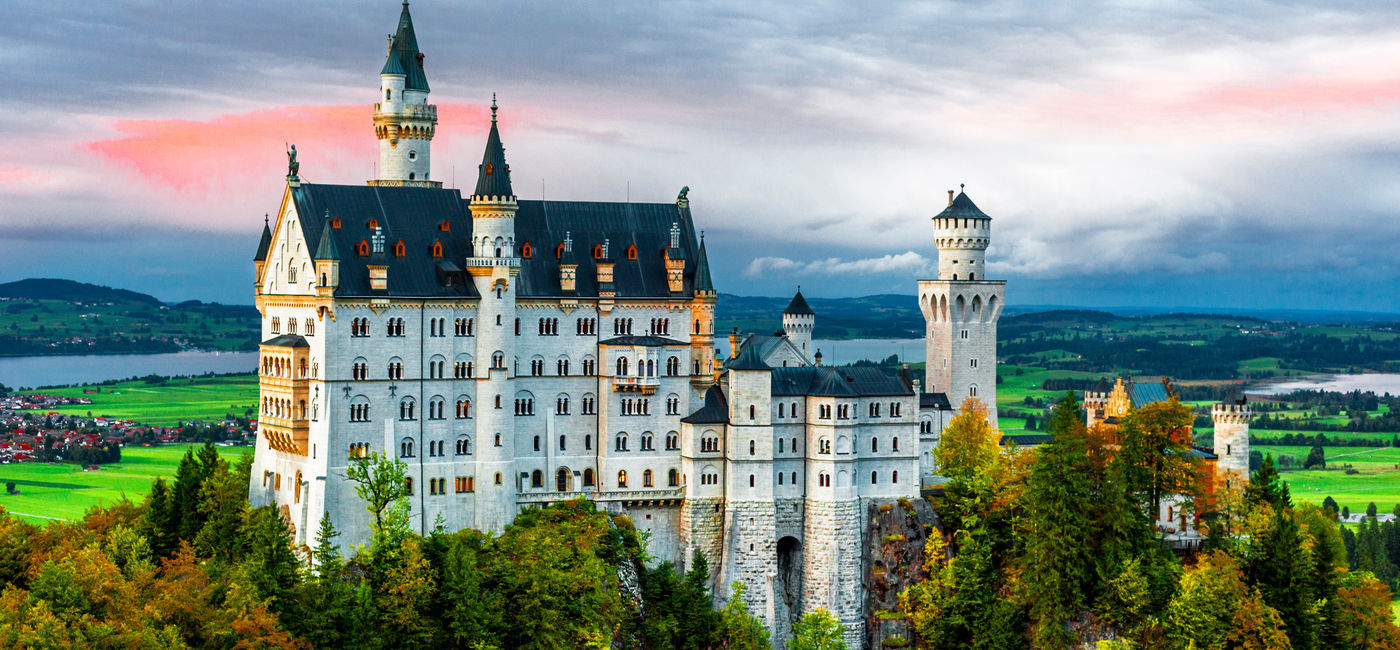
European castles are some of the world’s most iconic and historically significant structures, many dating back to the Middle Ages.
They were primarily built for defense against enemy invaders, housing nobles and royalty or asserting power over a religion. And there are thousands of these edifices dotting the picturesque European landscape.
What is it about castles that draw travelers like moths to a flame? Perhaps it’s because we find ourselves living within the pages of a fairytale for a brief moment in time.
Let’s look at our favorite places to find awe-inspiring, magnificent and most iconic European Castles.
Neuschwanstein Castle, Germany
One of the most beautiful castles in Europe and likely the most recognizable in the world, Neuschwanstein served as the inspiration for Disneyland’s Sleeping Beauty Castle and it’s easy to see why. It’s magnificent.
Originally built in Bavaria as a private retreat for King Ludwig II in 1886, the majestic structure sits atop a rugged rock ledge surrounded by stunning scenery. The castle features a range of fantastical and fairytale elements such as towers, spires and elaborate ornate interior rooms.
Château de Chantilly, France
Located an hour from Paris, this incredibly beautiful historic castle is known for its stunning architecture, rich history and vast grounds, surrounded by a 7,800-acre park, which includes forests, lakes and meticulously designed gardens.
The château consists of several buildings, the most prominent the Grand Château built during the 16th century by the Montmorency family and later expanded. Its mix of Renaissance and Classical architectural styles include a striking façade, elegant interiors, and impressive art collections. The Musée Condé includes works by famous artists like Raphael, Delacroix, and Watteau.
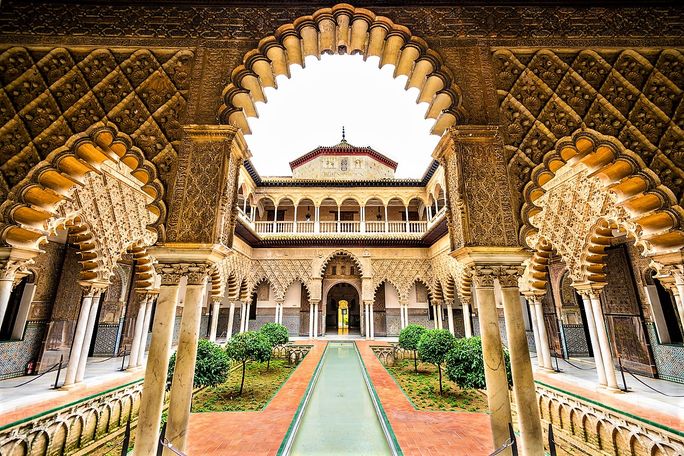
Alcázar of Segovia, Spain
This historic castle is one of Spain’s well-preserved fortresses, its origins dating back to Roman times. The castle’s dramatic, fairy-tale-like appearance with a distinctive turreted roof and rounded towers makes it look like something straight out of a medieval fantasy. And panoramic views of the surrounding landscape and city are amazing.
One of its most notable features is the stunning architecture, an impressive blend of Romanesque, Gothic and Renaissance styles. Inside, beautifully decorated rooms include a Royal Hall, Throne Room and the elegant vaulted ceilings in the Hall of Kings. The castle is believed to have inspired Disney World’s Magic Kingdom Cinderella’s Castle.
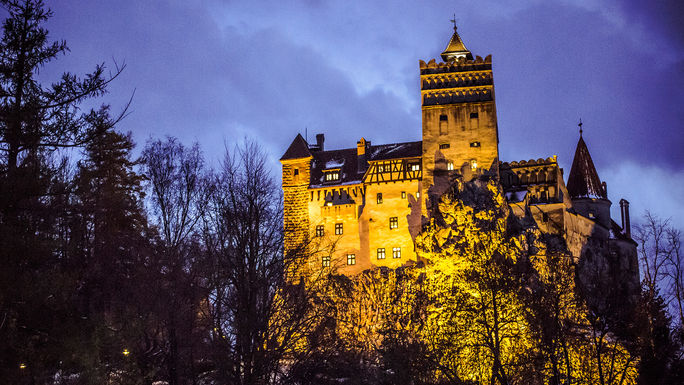
Bran Castle, Romania
Located on the Transylvanian side of Central Romania, Bran Castle is home to one of the most historical legends.
Often referred to as “Dracula’s Castle,” it is one of the country’s most famous landmarks due to the association with the Dracula legend, the fictional character created by Bram Stoker in his 1897 novel.
The real connection however is with Vlad the Impaler, a 15th-century ruler known for his brutal and violent methods which included impaling his enemies. Visitors can tour rooms which include eerie dungeons, secret passages, medieval furniture, weaponry and art.
Prague Castle, Czech Republic
One of the largest castles in the world, Prague Castle or Pražský hrad in Czech, sits atop a hill overlooking the city of Prague and has been the seat of the kings, emperors and presidents for over a thousand years.
The castle complex is a stunning blend of architectural styles, with buildings ranging from Romanesque to Gothic and Baroque, reflecting the various eras of its long history. Its origins date back to the 9th century, built as a fortified seat but over time, it evolved into a grand palace.
One of the most prominent features of the Castle is St. Vitus Cathedral, a towering Gothic masterpiece that dominates the city skyline and home to the tombs of kings with stunning stained-glass windows, intricate stone carvings and impressive spires.
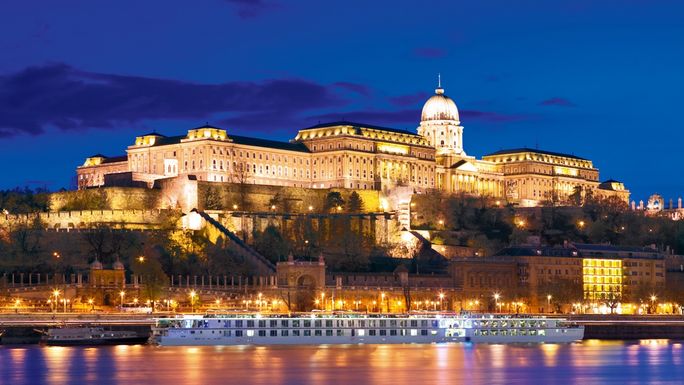
Buda Castle, Hungary
This Budapest castle absolutely dominates the Budapest skyline. The stunning historic complex, a UNESCO World Heritage Site, has been the seat of Hungarian royalty since the 14th century and is certainly one of the most iconic European castles.
The castle boasts a rich blend of Gothic, Renaissance and Baroque architectural styles and though visitors can explore its beautiful courtyards, enjoy impressive panoramic views of the city and dive into the deep history surrounding the castle, it is the nighttime that brings a magic to the castle. We highly suggest an evening river cruise to see this palace in all its glory.
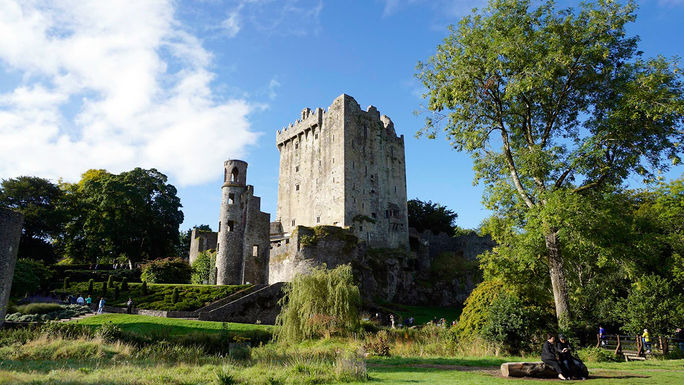
Blarney Castle, Ireland
A list of the most iconic European castles wouldn’t be complete without this medieval stronghold, steeped in myth and magic nestled in the emerald landscapes of County Cork is most famous for its legendary Blarney Stone.
As the legend goes, those who kiss the stone will be blessed with the ability to speak with eloquence and persuasiveness. Thousands of visitors flock to the castle each year to kiss the stone, though the medieval fortress with defensive walls, towers and a central keep are totally worth checking out.
Moszna Castle, Poland
This 17th century picturesque castle located in the small village of Moszna features an eclectic blend of Baroque, Neo-Gothic and Neo-Renaissance architectural styles.
The stand-out of the castle is the impressive number of turrets – 99 in total and 365 rooms within the castle. The expansive grounds feature stunning gardens, lakes and wooded areas and the interior of the castle boasts opulent rooms including a library, dining halls and a variety of picturesque salons.
Windsor Castle, United Kingdom
Though there may be more opulent castles located throughout Europe, Windsor Castle in Berkshire, is the oldest and largest inhabited castle in the world.
Founded by William the Conqueror in the 11th century, it has been the home of 40 monarchs and is open to visitors throughout the year.
A highlight of the castle is St. George’s Chapel, a stunning example of Gothic architecture and the burial place of numerous monarchs including Queen Elizabeth, the Queen Mother. It was also the wedding site for Prince Harry and Meghan Markle in 2018 and famous for its Changing of the Guard ceremony at the castle’s entrance.
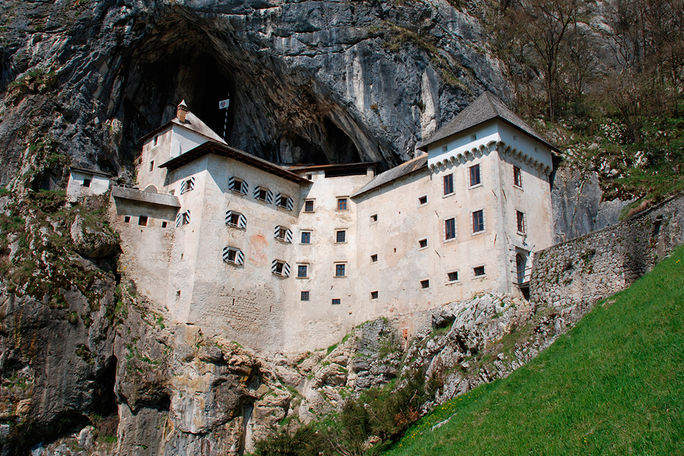
Predjama Castle, Slovenia
Located in southwestern Slovenia, this fascinating castle looks like something straight out of a fairytale. It was built into the side of a 123-meter-high limestone cliff just outside the village of Predjama as a fortress. The castle’s location made it almost impregnable due to its massive cave system with an escape tunnel, a feature visitors can access during a combined castle/cave tour.
Eilean Donan Castle, Scotland
Scotland has so many magnificent castles, but Eilean Donan is likely one of the most beautiful you’ll ever see. Located at the point where three lochs meet in the Scottish Highlands, its dramatic setting on a rocky island perch surrounded by rugged landscape makes it a popular spot for tourists and photographers. The castle was a filming location for The Highlander and James Bond: The World is Not Enough.
Built in the 13th century or earlier, the castle was constructed as a defensive stronghold to protect the region from Viking raids. Largely destroyed during the British Jacobite rising in the 1700s, the fortress was lovingly restored in the 20th century featuring a blend of medieval and more modern elements.
Burg Kreuzenstein, Austria
This picturesque medieval castle located in Lower Austria, about 20 kilometers northeast of Vienna is perched on a hilltop, offering stunning views of the bucolic countryside.
The 12th century castle, full of magic and fairytale-like wonders with an eclectic almost “storybook” appearance has been used as a filming location for notable films and television productions. These include The Prince of Egypt, The Chronicles of Narnia: The Witch and the Wardrobe and Knight Rider.
Walt Disney once said “There is a place where castle spires gleam in the night sky. Where fantasy is real and wishes come true. Where everyday ends happily ever after. There is a place where Magic lives.”
There is magic in the castles of Europe. You just need to seek it out.
This article originally appeared in TravelPulse.
Contact My Journey Begins Travel to plan a trip to visit one or more of these iconic European castles
